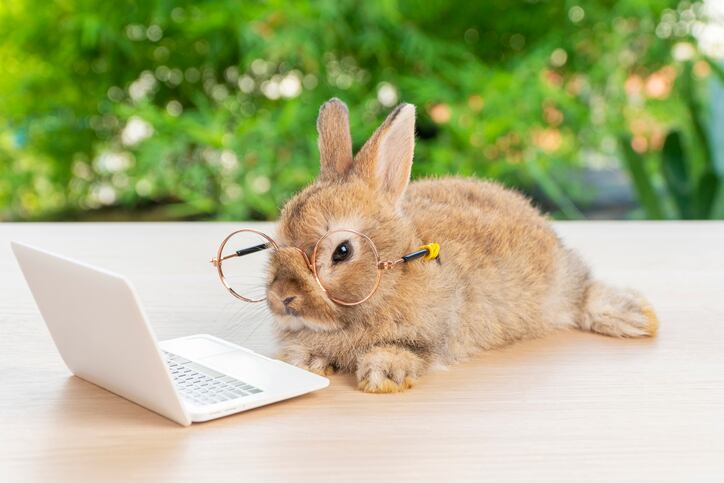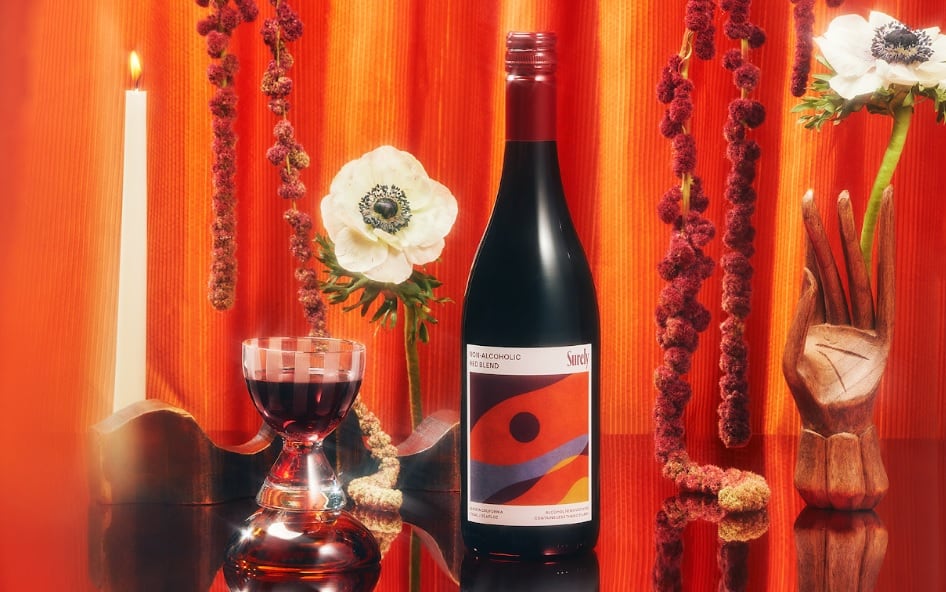When it comes to responsible marketing, alcohol-free alternatives should take their cue from alcoholic drinks in a number of areas: such as ensuring ads are clearly targeted at adults. But in general, alcohol-free drinks can enjoy more marketing freedom than alcohol drinks - providing they are clearly and unmistakably presented as alcohol-free products.
The new guidelines also say that – ‘on a precautionary best-practice basis’ – alternatives should not be presented as a drink to be consumed during pregnancy.
Alcohol-free drinks are a good thing, right?
Over a third (35%) of alcohol drinkers now consider themselves an occasional or regular drinker of alcohol alternatives – rising to close to half (44%) of 18-24 year olds, according to a YouGov survey commissioned by the Portman Group and published this month.
Furthermore, almost a quarter (23%) of UK drinkers have seen their alcohol consumption fall as a result of low and no alcohol products.
There's no doubt it's a very positive trend: with alcohol drinkers turning to alcohol-free versions to help them moderate their consumption.
At the same time, however, research has raised concerns that these drinks could act as a gateway into alcohol for younger drinkers.
In cases where an alcohol-free product is a line extension of flagship alcohol brand, there's a danger that the alcohol-free version is simply used to boost branding and visibility for the alcoholic version - effectively sneaking past the strict rules for alcohol.
And - if using the same cues as alcohol drinks - even alcohol-free drinks could risk acting as a trigger for those at risk of harm.
In its guidance for marketing alcohol alternatives, the Portman Group has therefore tried to find a balance between encouraging the growth of the category – and making sure that drinks are marketed responsibly.
7 key rules for alcohol-free drinks marketing
The Portman Group – the UK’s advertising self-regulator funded by alcohol drinks companies – defines (for the purposes of the new guidelines) an ‘alcohol alternative’ drink as having an ABV of 0.5% or below.
The new principles for responsible marketing best practice stipulate that, as products aimed squarely at adults, steps should be taken to ensure that the marketing of alcohol alternatives has no particular appeal to under-18s.
Marketing which shows people driving, playing sport, or taking part in risky activities after they’ve consumed an alcohol alternative product should make it clear they have consumed the alcohol alternative, and that the intention is to show a wider range of choice for consumers.
“Due to the reduced risk profile, alcohol alternatives have more flexibility in associated marketing," reads the new guidance. "It is therefore important not to create any confusion with an alcoholic drink, particularly where the marketing focuses on situations that are not acceptable in alcohol marketing (i.e. drinking beside a swimming pool).
Key points of the guidance
- Products should be aimed squarely at adults: marketing should have no particular appeal to U18s. For example, marketing should only take place in media or with partners where at least 75% of the audience is over 18.
- Marketing which shows people driving, playing sport, or taking part in risky activities should make it completely clear that participants have consumed an alcohol alternative.
- Marketing should not depict an alcohol alternative being consumed during pregnancy.
- Making clear that the drink is at or below the threshold to be considered an alcoholic drink (0.5% ABV);
- Marketing promotions should not suggest that – based on a similarly to alcohol – an alcohol alternative is integral to social or sexual success (but an alcohol alternative could highlight success without a reference to alcohol)
- No images of people who are, or look as if they are, under 25 years of age;
- Products should not cause serious or widespread offence.
It is key for brands to be clearly presented as alcohol-alternatives: the best way being to label the ABV.
That helps accommodate questions over how low the alcohol content needs to be to be truly alcohol-free (comparing, for example, trace amounts at 0.5% to a drink that is 0.0%).
“Some consumers believe that alcohol-free should be 0.0% and this is why it is useful to communicate to consumers when a trace amount of alcohol is present," notes the guidance. "There are some consumers, such as those who are recovering from alcohol dependency, are pregnant, or for religious reasons, do not want to consume any alcohol, even at a trace amount."
To this end, on a ‘precautionary best practice basis’, the Portman Group recommends that marketing does not depict, or reference in copy, an alcohol alternative being consumed during pregnancy.
It also advises against conducting marketing - including sampling - at events which are primarily aimed at those who are pregnant.
The Portman Group cites the UK Chief Medical Officer’s Low Risk Drink Guidelines, that state: ‘if you are pregnant, or think you could become pregnant, the safest approach is not to drink alcohol at all’.
Last year, the UK's consultation on alcohol-free descriptors acknowledged there simply hasn't been enough research into consumption of alcohol-free drinks (of any level of ABV) during pregnancy.
Again, being clear about a products ABV leaves the consumer free to decide how they want to approach this sensitive subject: “Those who are or may be pregnant will make their own educated choices about whether they wish to drink products at 0.0%,” notes the Portman Group.
Use your loaf: thinking responsibly
The Portman Group is funded by 19 member and associate member companies: Asahi UK Ltd; Aston Manor Cider; Bacardi; Beam Suntory; Brown-Forman; Budweiser Brewing Group UK&I; Campari; C&C; Diageo GB; Edrington UK; Heineken UK; Mark Anthony Brands International; Mast-Jäegermeister UK; Molson Coors Beverage Company; Pernod Ricard UK; Punch Pubs & Co; SHS Drinks; Thatchers’; and Treasury Wine Estates.
The Portman Group frowns upon ‘shock and awe’ tactics in alcohol-alternative marketing, where consumers could be confused or mislead about what is being portrayed.
A key selling point of alcohol alternatives, for example, is that they can be consumed at any time of the day: such as with lunch.
However, while a non-intoxicating alcohol-alternative could theoretically be consumed in the morning, the Portman Group would caution producers against portraying consumption in this manner.
Similarly, depicting consumption of alcohol-alternatives in an educational or professional childcare setting should be avoided.
“Producers are encouraged to focus on the behaviour they are seeking to promote so that it does not harm the perception of the category and instead legitimately markets how and when the product could be consumed and portray wider consumer choice,” notes the guidance.
Voluntary initiatives or regulation: What does the no/low category need?
Considering a potential overhaul of alcohol advertising restrictions last year, the Scottish government proposed including alcohol-free products in restrictions: citing concerns that such products serve as a branding boost for the full-strength alcoholic parent product (and consequently should be restricted in the same way).
While those plans came to nothing, the proposals did raise the question as to whether alcohol-free marketing should be regulated in the same way as alcohol marketing.
The Portman Group says there is 'no evidence' that regulation is required: but it does acknowledge that it’s a complicated issue that’s only going to become more and more important as the category grows.
“The Portman Group has noted no irresponsible marketing examples in the category within its regulatory remit to suggest that stronger regulatory intervention is required at present,” notes the organisation.
“However, the Advisory Service has seen an increase in advice requests from some producers, particularly those with alcohol alternative products that share overarching branding with an alcoholic drink, seeking advice on how to market such products responsibly.”
It says, therefore, that the key is to find a balance where growth of the category is not ‘unnecessarily restricted’ – but also stops any problems arising in the future.
“Our guidance has been designed to strike a balance between the low risk nature of the category, and the acknowledgement that the category markets on a strong similarity to age-restricted alcoholic products to emphasise an ‘alternative’.”




